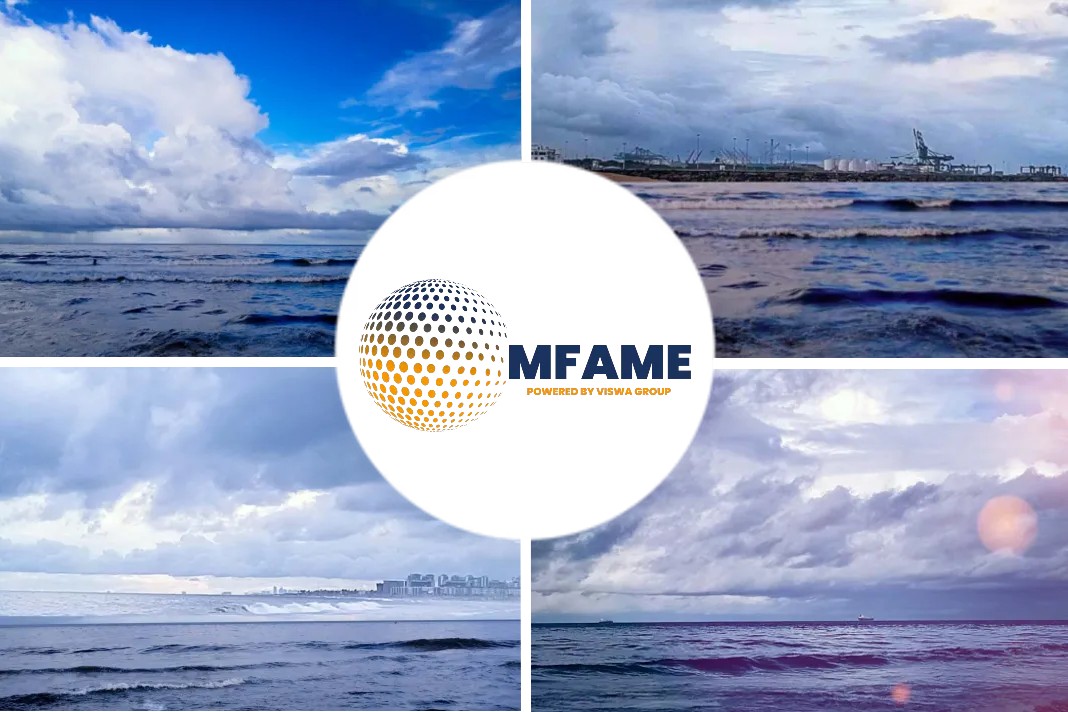Significant emissions reductions for the existing fleet can be achieved through operational and technological improvements, according to a research conducted by the Maritime Oslofjord Alliance and supported by the Oslo Maritime Foundation and the Oslo Shipowners’ Association, says an article published in Safety 4 Sea.
Operational and technical measures
The report “Energy Transition in Shipping – Facts and Timeline” states that for the present fleet of tankers, bulkers, and containerships, operational and technical measures are the most realistic approach to cut emissions and achieve compliance.
The three segments of vessels over 5000 tonnes deadweight, in particular, account for over 80% of the global fleet’s GHG emissions, which total around 94,000 vessels.
65 percent of all petroleum used in transportation is consumed by 19,000 vessels with a gross registered tonnage of more than 25,000, or 21% of the global fleet.
Controlled main engines
According to the study, only around 15% of tankers, bulkers, and containerships are equipped with electronically controlled main engines that make them viable for conversion to alternative fuels, resulting in a reduction of 100 million tonnes of emissions per year.
Powerful emissions
Slowing ship speed is “the most powerful way to cut emissions,” according to the paper, which estimates a 50% reduction in fuel consumption and emissions by dropping speed from 15 to 12 knots.
Furthermore, a 10% reduction in speed for a typical merchant ship is expected to reduce emissions by 27%.
Drop-in biofuels or e-fuels into existing fuel are another operational measure to cut emissions.
Shipping segments
According to the report author Svein Helge Guldteig, “slow steaming has formerly been used sporadically over the past five decades to save fuel costs in periods with high fuel prices and adverse market conditions”.
“In recent years slow steaming has been applied in many shipping segments, and reduction of emissions of existing ships beyond the current level will require even lower speed and/or other technical and operational measures applied in the future”.
Realising potential savings
Mr. Guldteig explains, adding that “digitalisation can now play an important role in supporting operational measures and realising potential savings from fuel optimisation that were not possible only a few years back.”
Readiness to adapt
The report also mentions drawbacks to fuel conversions in terms of cost, regulatory compliance, energy density, and fuel tank space requirements, all of which could have a detrimental impact on commercial operations.
“Scarce availability of alternative fuels and most likely limited shipyard capacity will limit the readiness to adapt quickly for the large vessel shipping segment.”
As a result, significant investments will be required to create global supply infrastructure for green and blue fuels, which is not likely to be completed until at least 2035-40.
Did you subscribe to our newsletter?
It’s free! Click here to subscribe!
Source: Safety 4 Sea






















